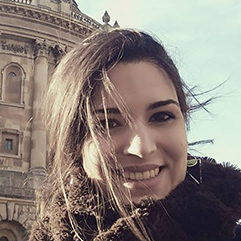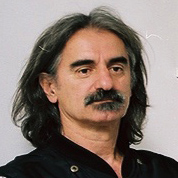«Floating Worlds»
International group exhibition
at the CROCETTI Museum
Rome, Italy
2025
«Platforms Project 2024»
Group exhibition
at the Greek Public Tobacco Factory
Athens
October 10 – 13, 2024
«HUMAN RIGHTS? #DIGNITY»
International group exhibition of AIAPI – UNESCO
at the Opera Campana dei Caduti
Rovereto, Italy
June 8 – October 8, 2024























